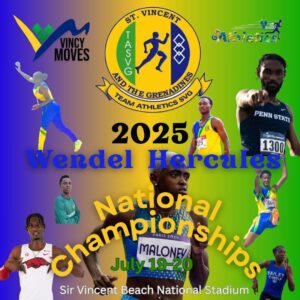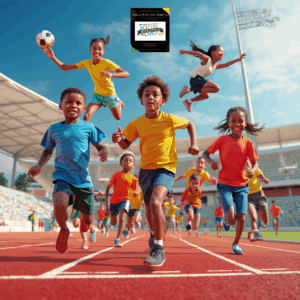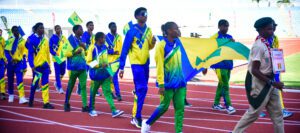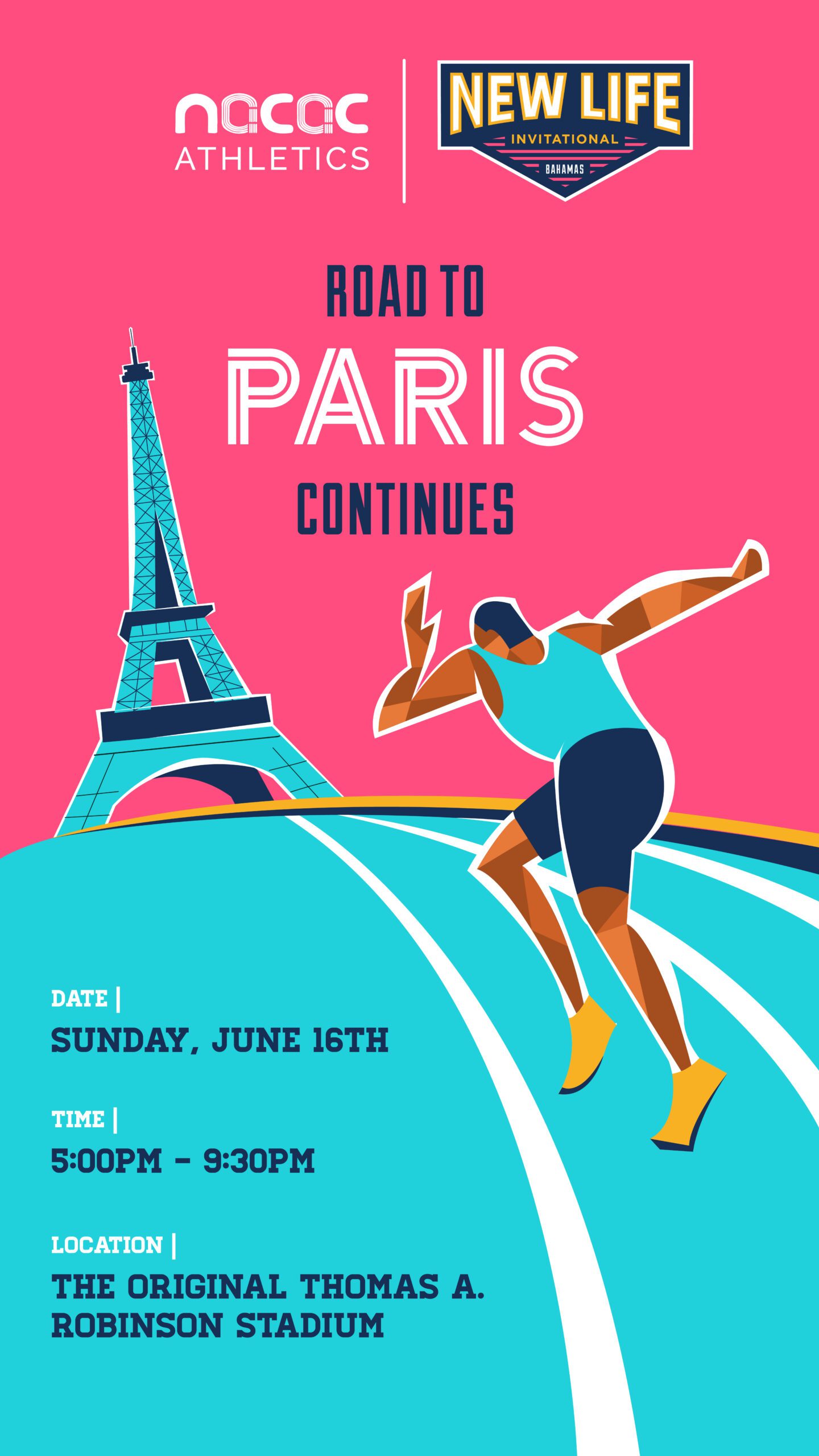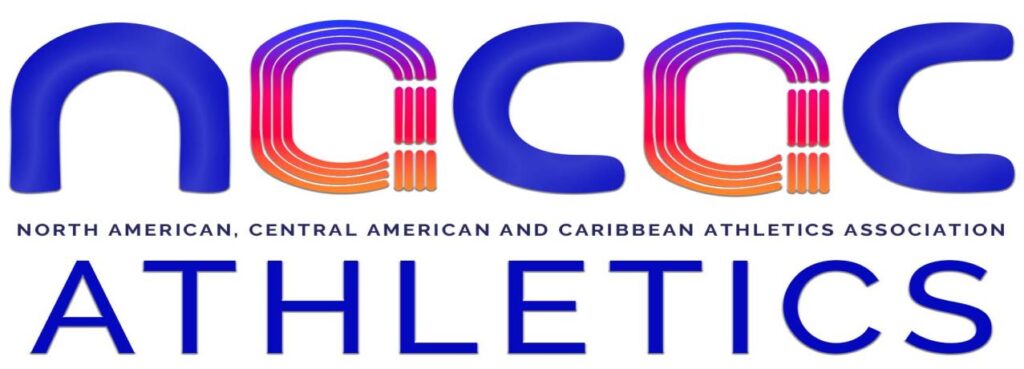SVGOC’s Sport Development Options in SVG
The St Vincent and the Grenadines Olympic Committee (SVGOC) continues its development pathway for the several member federations affiliated to the institution. This is in accordance with its interpretation of the mandate given to it under the Olympic Charter.
In fulfilment of its mandate, the SVGOC has received the approval and support of its members in the introduction of several important policies which places it in a league of its own in the Americas.
At the 5th biennial Americas Best Practices Symposium of the National Olympic Committees (NOC) of the Americas, held in Florida last December, the SVGOC, through its president, Stephen Joachim, delivered a presentation on the ways in which ‘micro’ NOCs develop and implement appropriate sports development strategies to survive in the global Olympic Movement. Indeed, Joachim initiated discussion on establishing the ‘micro’ category for those NOCs that are really small compared to the general number of NOCs in existence around the world. He argued that their small sizes lead to extremely limited access of resources that are deemed critical to the development strategies that they can strive to implement. It is unfair to attempt a ‘one size fits all’ approach to addressing the issues confronting NOCs.
SVGOC Affiliate Activity Index
The SVGOC’s Affiliate Activity Index (AAI) is an effort to facilitate greater participation by affiliates in its activities as well as to ensure that each of its affiliates operate at a professional level. This includes basic governance requirements which are required of the SVGOC and its affiliates from funding organizations and our various International Federations.
The Policy calls for some very basic requirements to be met. These include but are not limited to:
Sustained membership of the duly recognised international federation (IF). This guarantees the member retention of its membership of the NOC. This status is important because once membership of the IF is lost, removal from the NOC is automatic.
National associations must always be in good standing with their respective IFs. This way they benefit from continued development assistance from the international parent body as well as from the local NOC.
National associations must also meet their annual commitment of paying their due to the NOC, a minimal $50 ECD per year. They must also attend General Council and Annual General Meetings of the DVGOC and participate in all its activities during the year. They must also adhere, internally, to good governance principles and practices including regular meetings of the executive and the general membership, conduct elections as mandated by the constitution and realise an annual calendar of activities for the broad development of the sport and its adherents in the nation.
An important feature required by the SVGOC is that the members must produce annual financial reports. Members are also expected to provide detailed financial reports on any programme received from the SVGOC, since the latter organisation is subjected to internal and external audits.
Poor and/or mediocre performances on the AAI would mean that the affiliate will not benefit from some or all the programmes conducted by the SVGOC or held under its auspices. Loss of benefits would include but not limited to the following:
- Loss of access to Technical Courses
- Loss of access to Courses abroad
- Loss of funding
- Loss of invitation to Programmes/Activities held by the SVGOC and/or under its auspices
- Non consideration for awards of the SVGOC
- Forfeiture of rights of affiliates to gain selection on national representative teams under the SVGOC
SVGOC Sports Activity Index
The SVGOC’s Sports Activity Index (SAI) lays out the SVGOC policies to ensure all Affiliates (or National Federations, NF’s) comply with the requirements of the Olympic Charter and the SVGOC Constitution. The SVGOC therefore insists that members must organise and participate in competitions including an annual National Championship and implementing training programmes for athletes, coaches, administrators and technical officials.
The SVGOC therefore has in place monitoring mechanisms to determine the extent to which its affiliates are meeting the requirements of practising a real sport that justifies their continued membership as well as access to funding for their activities.
Annual calendars of members as well as reports on their activities, locally, regionally and internationally, are to be submitted to the SVGOC periodically, in accordance with the established policies. These activities include the training of all stakeholders of the sporting organisation, as well as competitions, at home and abroad.
SVGOC Programmes and Funding policies
The SVGOC has crafted and approved policies related to programme allocations and funding,
provided to its affiliates. These are consistent with what have already been addressed above, the AAI and SAI, respectively.
Many fail to understand that while much is said of the development role that is expected from the SVGOC, the fact is that IOC offers funding to facilitate the preparation of athletes to raise the level of competition at the Olympic Games.
Recent discussions about prize monies for the athletes at the Games led to the IOC’s insistence that it uses the financial gains from the Games to assist IFs in their own preparation of athletes so that they can maintain elite level competition and so generate consistent revenues at future editions of the Games.
The SVGOC receives funding and programmes primarily from Olympic Solidarity (OS), the development arm of the International Olympic Committee, and the Pan American Sports Organization (Panam Sports), which has its own Solidarity Programme.
The SVGOC is charged with the responsibility to produce athletes to compete at the Olympic Games and other multi-sport games including the Pan Am games and the junior versions of these Games. Most of the sports at these Games have implemented qualifying standards. Athletes must meet the standards to compete at the Games.
The SVGOC’s policies therefore insist, The SVGOC therefore must find the balance between promoting and assisting NF’s in
their grassroots development programmes while also assisting the best (elite) athletes in their efforts to make qualifying standards.
Assistance to NF’s takes the form of programmes and courses as well as direct financial
assistance.
All funds provided by the SVGOC must comply with the requirements of the
funding agents. These funds are subject to audit. Accordingly, all expenditures
MUST be supported by invoices, support for payment and evidence of receipt of the
goods and or services. It is the policy of the SVGOC to reimburse NF’s for
expenditures incurred up to agreed amount of the contribution. In some cases, the
SVGOC can make a payment directly on behalf of the NF, but the NF must request
this in writing. In rear cases the SVGOC will make an advance to an NF but the NF
MUST submit a report and supporting documents to adequately backup the
expenditure within 30 days of completion of the activity.
More being done
There is little doubt that the work of the SVGOC continues to expand exponentially, is stark contrast to the sources of funding.
There is need for more people to do the work required for the activities of the SVGOC to be professionally undertaken but there is not enough funding available at the local level to employ qualified individuals to assist in the growing areas of endeavour.
Sport for Climate Action Framework
The SVGOC has signed on to the UN/IOC initiative on Sport for Climate Action Framework (S4CA). There is an initiative that meets well with our nation’s sustainability needs in the realm of mangrove rehabilitation through sport. Unfortunately, the costs involved for professional staff is beyond the individual capacity of the NOC. There is too much dependency on volunteers at a time when we do have people with the professional certification and eagerness to work.
The SVGOC, in the rehabilitation of the headquarters at Villa, shifted to heavy reliance on solar energy, for electricity. Support for this has come from the IOC.
Safeguarding
The global outrage spawned by the despicable revelations emanating from US Gymnastics, has led to initiatives in sport aimed at ending the abuse of girls, women and children, under the concept of Safeguarding.
The SVGOC has already ensured that Shimano Bailey completed the IOC’s course and is now the lead instructor and Chair of the Safeguarding Commission. Two Training of Trainers Workshops have already been held, leading affiliates of the SVGOC to be able to have their own instructors and develop Safeguarding Officers for their respective sporting activities.
Athletes’ welfare
The SVGOC is in the process of establishing an Athletes’ Commission that would have as its mandate the representation of the cause of the nation’s athletes.
The Commission will conduct its own Train the Trainer Workshops aimed at facilitating the growth and sustained development of Athletes’ Commissions in each of the NOC’s affiliates.
Athlete welfare is a priority in sport, from children to adults through to masters. Due attention must be paid to the preparation of athletes to become the future leaders of sport in the country.
Conclusion
The SVGOC makes a major contribution to the development of sport across St Vincent and the Grenadines. But it does so through its affiliates.
It is the strength of the affiliates that determine the capacity of the NOC to do more to sustain the development of sport.
We live in a society where the resources are finite. What is available to the respective affiliates of the NOC comes from sources outside the country. Alliances must be made with local institutions to do more for the sport development process here.
Sport is an integral part of every society. Those involved in sport must place more emphasis on engaging others in the broader process of nation building. The future of all of us depend on it.

